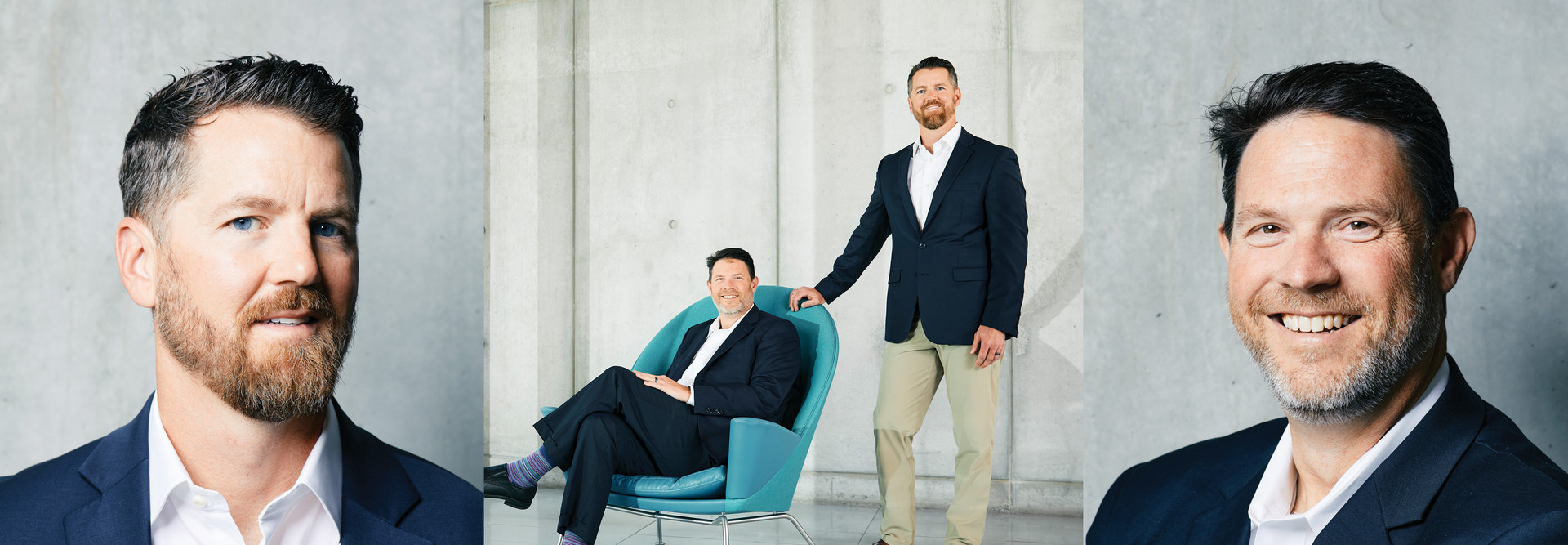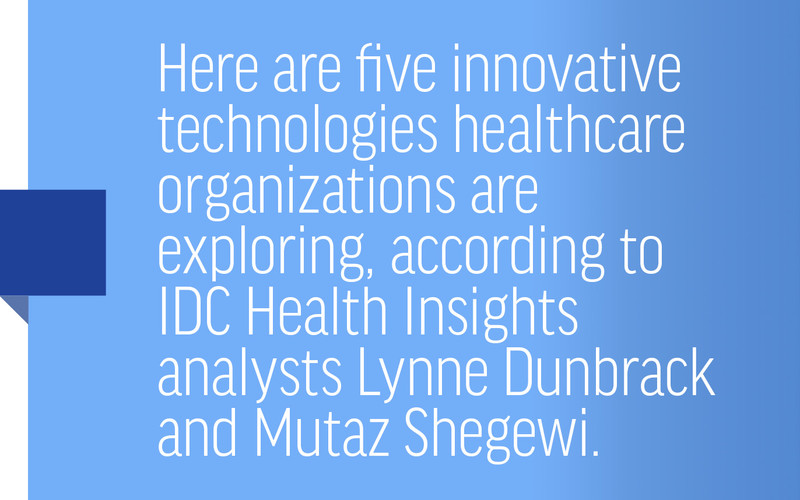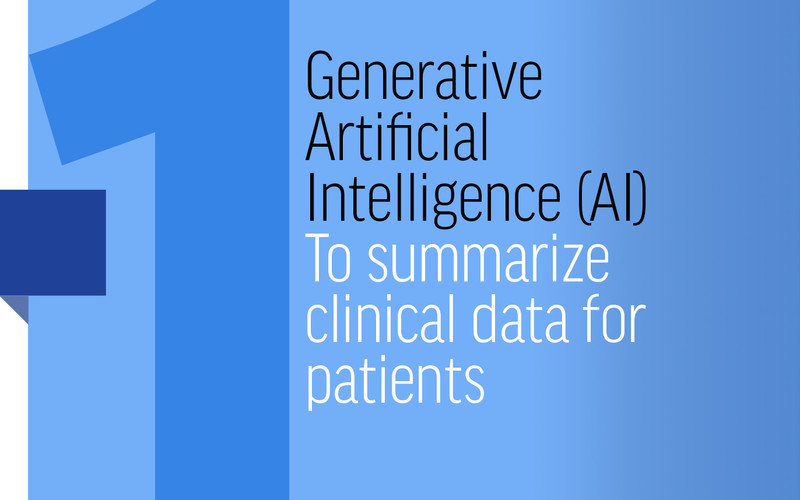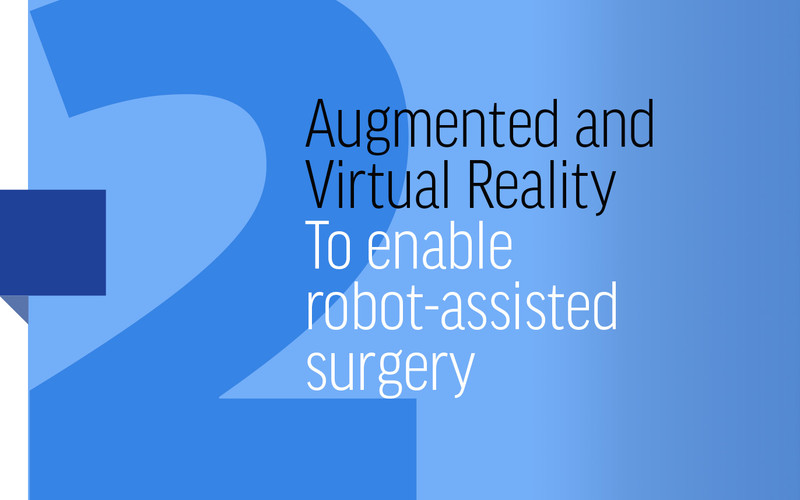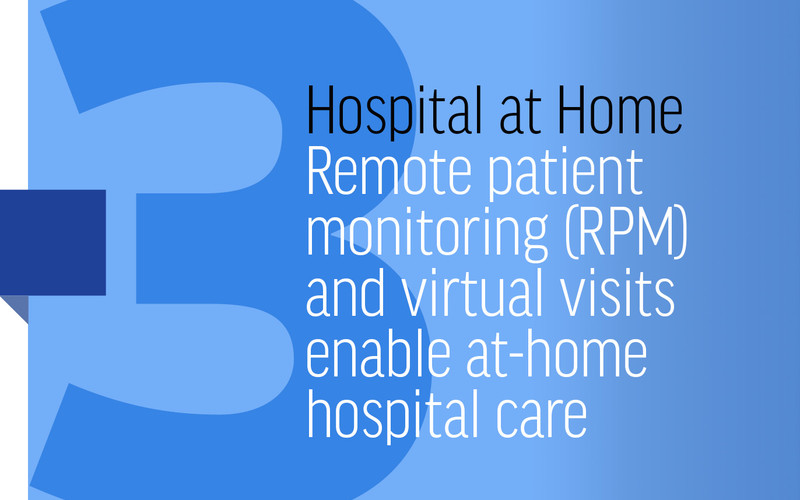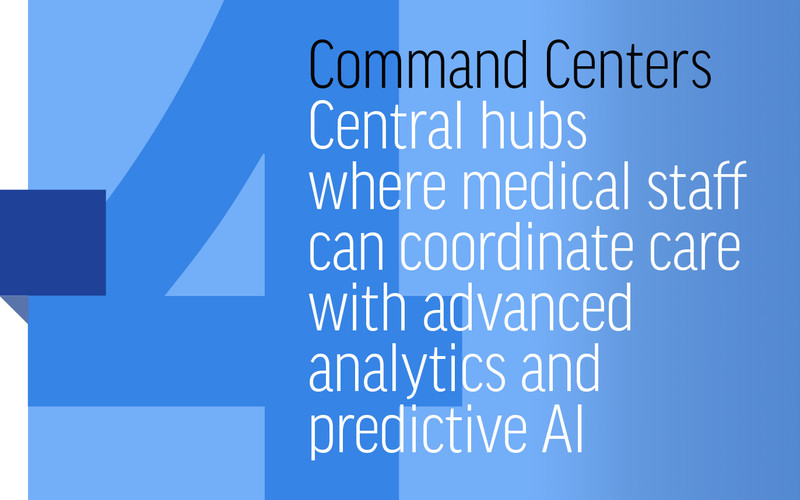An increasing number of healthcare organizations across the U.S. are opening innovation centers or hubs to develop, test and implement emerging technologies and other cutting-edge solutions to improve health quality and patient care, increase staff productivity, optimize business operations, reduce costs, and generate new revenue.
“It gives providers the opportunity to experiment with new technologies and workflows and do it in a fairly controlled environment,” says Lynne Dunbrack, IDC’s group vice president of public sector.
Some innovation centers partner with other healthcare organizations, tech companies and educational institutions to collaborate on projects. Some offer grants to enable staff and researchers to pursue their ideas. These innovation hubs can also serve as incubators, helping staff commercialize products.
LEARN MORE: Why integrating AI with virtual care transforms workflows and care delivery.
“When it comes to the line of business, they’re interested in operational efficiency, cost reduction, competitiveness and strategic differentiation,” says IDC Health Insights Research Director Mutaz Shegewi. “An innovation hub or center can enhance the reputation of a health system, attract top talent and increase market share.”
IT teams play a critical role in the success of innovation centers, from piloting technologies to deploying them, Dunbrack says. Some solutions produce a tremendous amount of data that must be stored and analyzed, so data and application integration is key, she adds.
“Many technology projects falter because organizations don’t consider workflow,” Dunbrack says.



